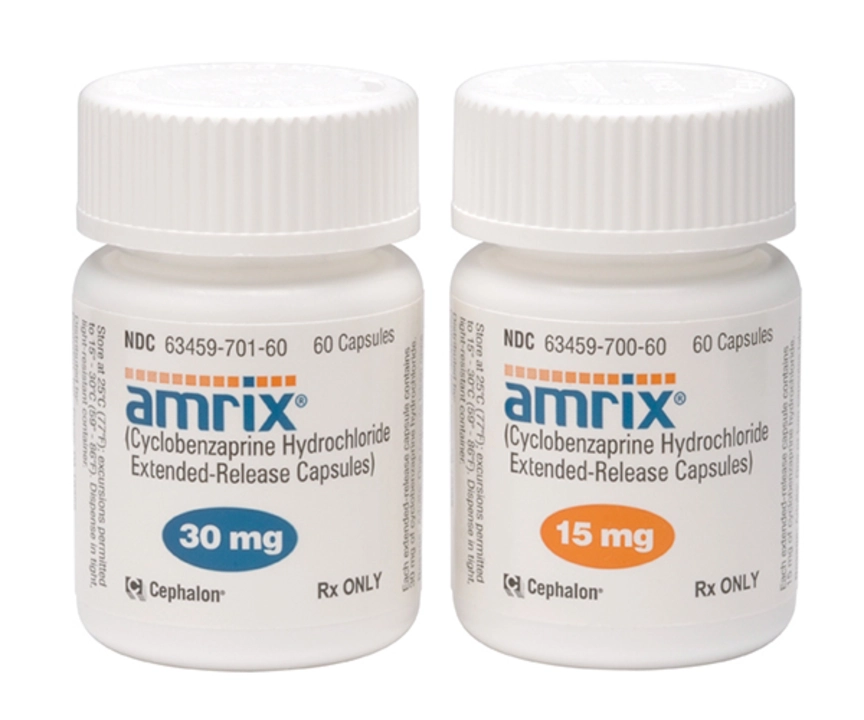Dosage reduction: how to taper medicines safely
Cutting a drug dose can feel freeing — fewer pills, fewer side effects — but stop or change the dose too fast and you risk withdrawal, return of the illness, or danger. This guide gives clear, practical steps you can discuss with your prescriber. I’ll cover common rules of thumb, monitoring tips, and warning signs so you can plan a safe taper.
Quick taper rules for common meds
Steroids (prednisone): If you’ve taken moderate-to-high doses (for example, more than about 20 mg daily) for more than 2–3 weeks, don’t stop suddenly. A common approach is to reduce by small amounts every few days to weeks — for example, cut by 5 mg every 1–2 weeks once you’re under higher doses — but your plan must come from your doctor. Watch for fatigue, body aches, or low blood pressure during the process.
Antidepressants (SSRIs/SNRIs): Many prescribers recommend gradual drops — often 10% of the dose every 1–4 weeks — to lower the chance of withdrawal symptoms like dizziness, insomnia, or ‘brain zaps.’ Some people need slower schedules; others tolerate faster ones. Keep a symptom diary for the first 8–12 weeks.
Benzodiazepines: These require a slow, steady taper. Typical plans reduce dose by 10–25% every 1–2 weeks, and sometimes switch to a longer-acting drug (like diazepam) to smooth the process. Expect a multi-month plan for long-term users; abrupt cuts can cause severe withdrawal including seizures.
Antiepileptics (carbamazepine, etc.): Never stop or rapidly reduce without a neurologist’s plan. Seizure risk rises if levels fall too fast. Tapers are individualized, often spanning weeks to months with careful monitoring.
Inhalers and asthma meds: If your asthma is well controlled for several months, your clinician may step down inhaled steroids or combo inhalers in stages. Don’t stop controller inhalers during poor control or recent attacks.
Practical checklist and red flags
Before you start: talk to your prescriber, note current dose and duration, and list other meds and conditions (pregnancy, heart disease, epilepsy change the plan).
During taper: track symptoms daily (mood, sleep, pain, blood pressure or blood sugar if relevant). Use consistent timing for doses and keep a written schedule. If new or worsening symptoms appear — severe anxiety, chest pain, fainting, seizure, suicidal thoughts — contact medical help right away.
When to pause or slow: if withdrawal or symptom return is significant, many clinicians advise reverting to the previous dose for a week then trying a slower reduction.
Final note: there’s no one-size-fits-all path. The safest tapers are planned, monitored, and adjusted. Talk openly with your prescriber and keep notes — that’s how you avoid surprises and get better results.
How to safely taper off Cyclobenzaprine HCL
As a blogger, I've recently come across the topic of safely tapering off Cyclobenzaprine HCL, a muscle relaxant commonly prescribed for short-term use. To ensure a safe and smooth transition, it's crucial to consult with a healthcare professional before making any changes to your medication regime. They can provide a personalized tapering schedule based on factors like dosage and duration of use. During the process, it's important to monitor your body's response and report any adverse effects to your doctor. Remember, patience and open communication with your healthcare team are key to successfully tapering off Cyclobenzaprine HCL.




